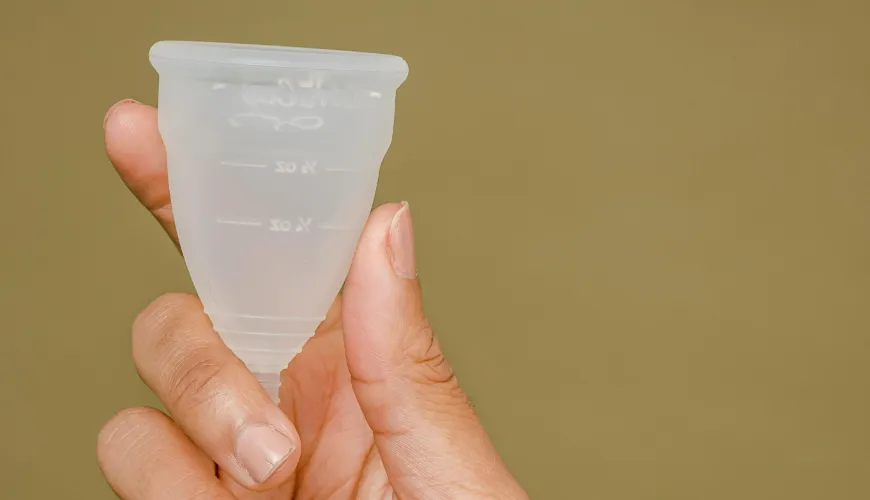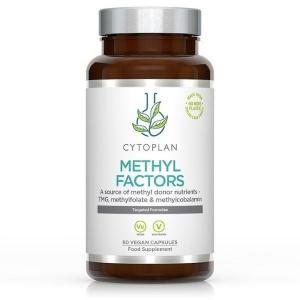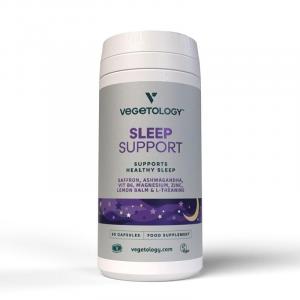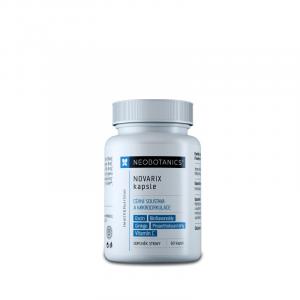
Why Choose Homemade Yogurt Without a Yogurt Maker and How to Do It

Featherbed Yogurt - How to Make Homemade Yogurt Without a Yogurt Maker
Making homemade yogurt might sound like something from our grandmothers' kitchens. However, today, as more people are interested in what they eat, many are returning to homemade preparations. Not only do we have full control over the ingredients, but we can also save money and avoid unnecessary packaging waste. And what's more – making homemade yogurt is surprisingly simple, even without a yogurt maker.
The idea that homemade yogurt requires special equipment is a common myth. The truth is, you can make quality and tasty yogurt without any device, using just a few regular kitchen tools. And not only that – it can even be done in featherbeds. Yes, you read that right. Featherbed yogurt is not only real but also an exceptionally effective way to prepare this popular fermented dish at home.
How to Make Homemade Yogurt Without a Yogurt Maker
The basic ingredients won't surprise you — milk and live yogurt cultures. You can easily obtain these: just a few spoonfuls of genuine plain yogurt, ideally with as many live cultures as possible. Highly processed yogurts are often pasteurized and may not contain enough live bacteria, which are essential for fermentation. Look for yogurt labeled "live cultures" or "contains Lactobacillus bulgaricus and Streptococcus thermophilus".
What you'll need:
- 1 liter of whole milk (preferably fresh, but carton milk works too)
- 2–3 tablespoons of quality plain yogurt with live cultures
- a pot, thermometer, jar or sealable container
- a blanket or featherbed (yes, really)
- optionally, a cloth or sieve if you want thicker yogurt
The process is simple. Heat the milk to about 85 °C — this destroys any unwanted bacteria and gives the yogurt a smoother consistency. Then let the milk cool to approximately 42–45 °C. Now, add the yogurt – mix it into the milk thoroughly but gently. Then pour the mixture into a container, seal it, and move it to the "incubator" — in our case, perhaps into featherbeds.
Featherbed Yogurt – The Perfect Homemade Incubator
Yogurt forms in warmth. The ideal temperature is around 42 °C, which is too low for an oven but too high for room temperature. This is where our grandmothers' trick comes in – wrapping the container with milk in a blanket or featherbed. This creates an insulated environment that retains the necessary warmth for a sufficient period.
The entire fermentation process usually takes 6–12 hours, depending on the temperature and strength of the yogurt culture. If you leave the container in the featherbeds overnight, you'll have ready yogurt in the morning. After fermentation, just place it in the fridge, where it will firm up its texture, and the flavors will balance. If you desire Greek-style yogurt, you can let it drain through a cloth for a thicker consistency.
Benefits of Homemade Yogurt Without a Yogurt Maker
Besides avoiding another appliance taking up space in the kitchen, making homemade yogurt has several other benefits. First, you know exactly what you're eating – no flavors, colors, thickeners, or preservatives. Plus, you can customize the yogurt to your liking: sweeten it with honey, add vanilla, homemade jam, or fresh fruit. The possibilities are endless.
Making homemade yogurt is also very economical. From one liter of milk, you get approximately 800–900 ml of yogurt, and if you save a little for the next batch, you'll reduce costs even more. Compared to store-bought yogurts, often packed in plastic cups, it's also a very eco-friendly alternative — repeatedly using jars or glass containers minimizes waste.
Yogurt in Practice - A Kitchen Story
Imagine a family with small children deciding to reduce plastic consumption while finding ways to eat healthier. When they first tried homemade yogurt without a yogurt maker, they were surprised at how easy it was. They just needed to heat the milk in the evening, mix in the yogurt, and tuck everything into the featherbeds. In the morning, the children excitedly discovered a jar of creamy, smooth yogurt that tasted much better with a spoonful of homemade jam than store-bought. Today, they enjoy this process every week as a small family ritual.
What If the Yogurt Doesn't Turn Out?
One of the most common problems is that the yogurt stays too runny or doesn't set at all. There can be several reasons — too low a temperature during fermentation, yogurt without active cultures, or too short fermentation time. In such cases, it's helpful to check the temperature using a kitchen thermometer and ensure the yogurt culture is active. Remember, even if everything doesn't go perfectly the first time, with each attempt, the result will be better.
Another common question is how long homemade yogurt lasts. In the fridge, usually up to a week if stored in a clean, sealed container. However, if there's any suspicious smell or mold, it's safer to throw it away.
Nutrients Worth the Effort
Yogurt is not only tasty but also nutritious. It contains calcium, protein, B vitamins, and probiotic bacteria that benefit digestion. Regular consumption of quality yogurt can support gut microflora balance, thereby boosting overall immunity.
According to Harvard Health Publishing, regular yogurt consumption can contribute to a lower risk of heart disease, improved digestion, and even weight loss. And if you make it at home, without added sugars and chemicals, its benefits are even greater.
Try our natural products
Why Choose Homemade Yogurt Without a Yogurt Maker?
You might wonder why invest time in homemade yogurt when store shelves are full of various options. The answer is simple: quality, taste, and meaningfulness. Making yogurt at home is a return to basics, to simplicity and self-sufficiency, often missing in today's modern world.
Moreover, this process teaches patience and attention to detail. It's a small but significant step towards becoming more conscious consumers. And as the famous French chef Alain Ducasse says: "Cooking is an act of love." And what could be a greater expression of love than handmade yogurt, created during a peaceful night under the featherbed?
Homemade yogurt without a yogurt maker is not just a recipe. It's a return to tradition, a way to slow down and enjoy the small joys of everyday life. And it's these small rituals that make an ordinary day something special.







